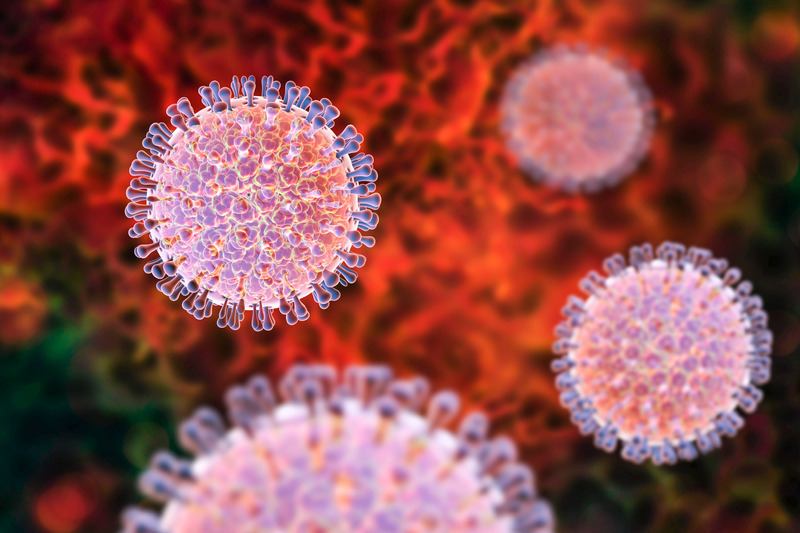CDC recommends routine vaccination of infants with either of the two vaccines available. Administer 2 or 3 doses of rotavirus vaccine, depending on the brand of vaccine used.
Administer the first dose of either vaccine before the child is 15 weeks of age. Infants should complete the vaccine series before age 8 months.
| Vaccine Product |
Schedule
|
| Rotarix® (RV1) |
2 doses at aged 21 and 4 months2,3 |
| RotaTeq® (RV5) |
3 doses at aged 21, 42 and 6 months3 |
1 May give dose #1 as early as 6 weeks of age. If not given at 2 months of age, vaccination may be initiated at an older age but not exceeding 14 weeks, 6 days.
2 Intervals between doses may be as short as 4 weeks.
3 Give final dose no later than 8 months, 0 days of age |
If prior vaccination included use of a different or unknown brand(s), a total of 3 doses should be given.
Administer rotavirus vaccines (RV1 and RV5) by mouth.
During an infant’s first year of life, rotavirus vaccine provides 85% – 98% protection against severe rotavirus illness and hospitalization.






